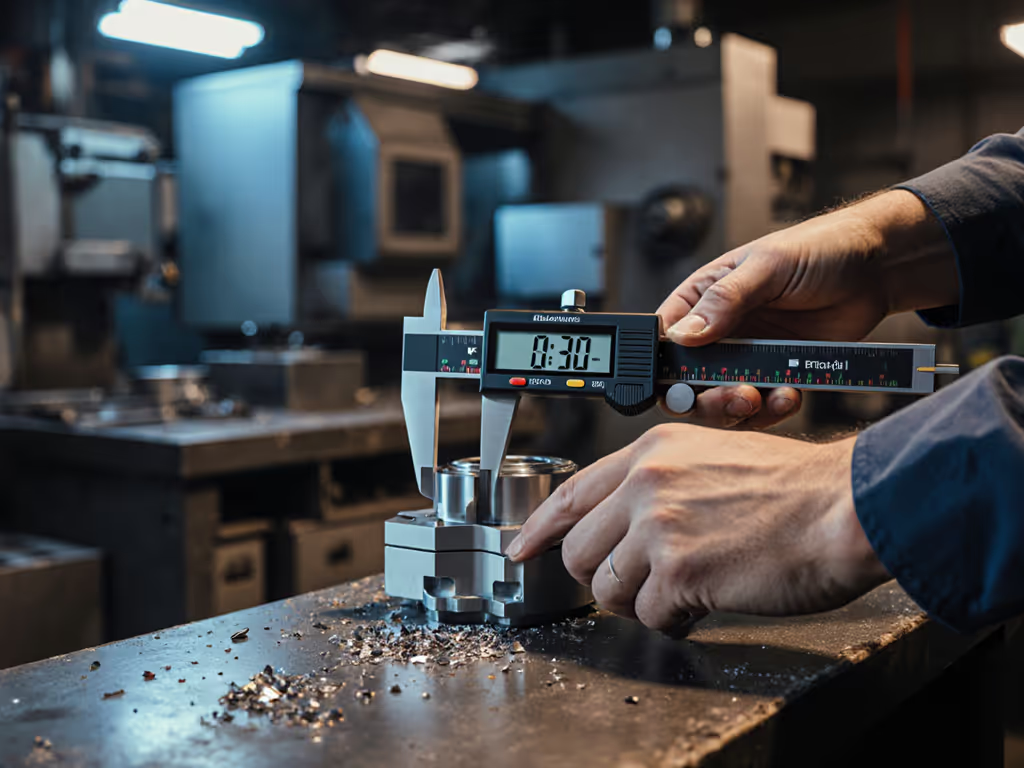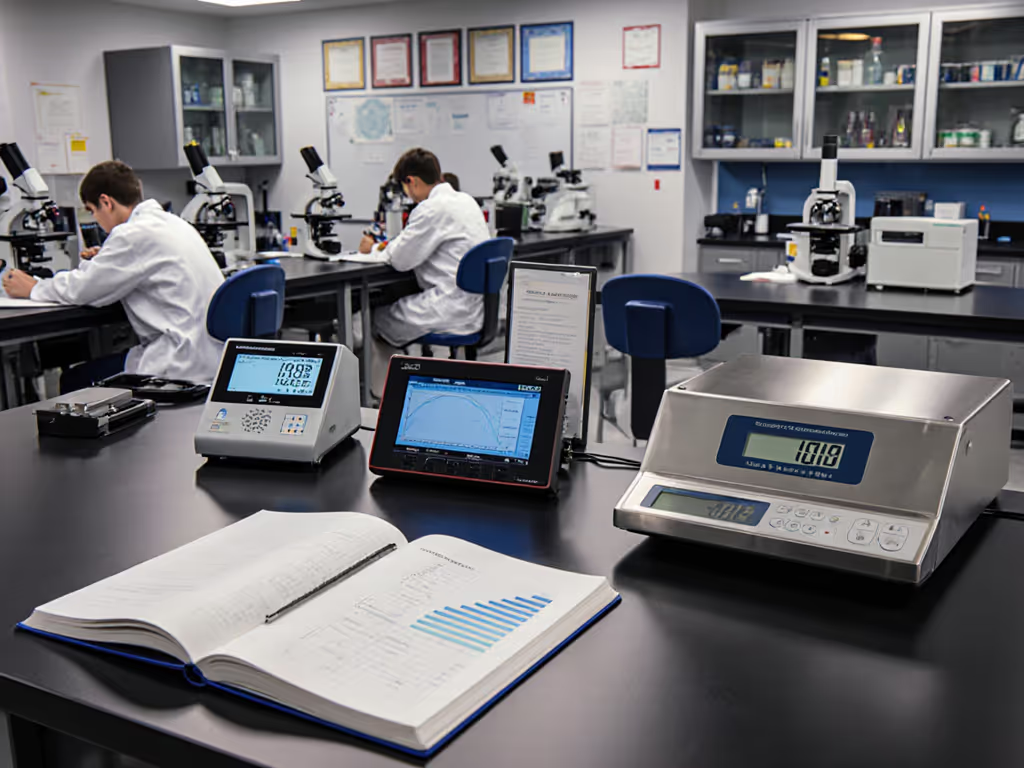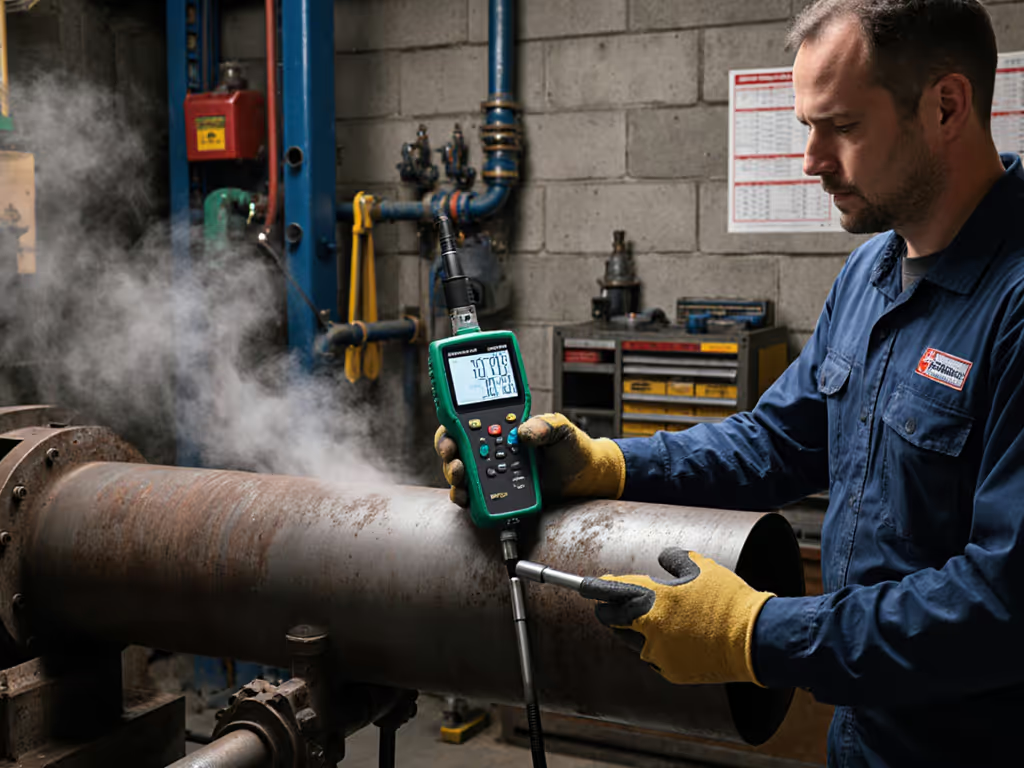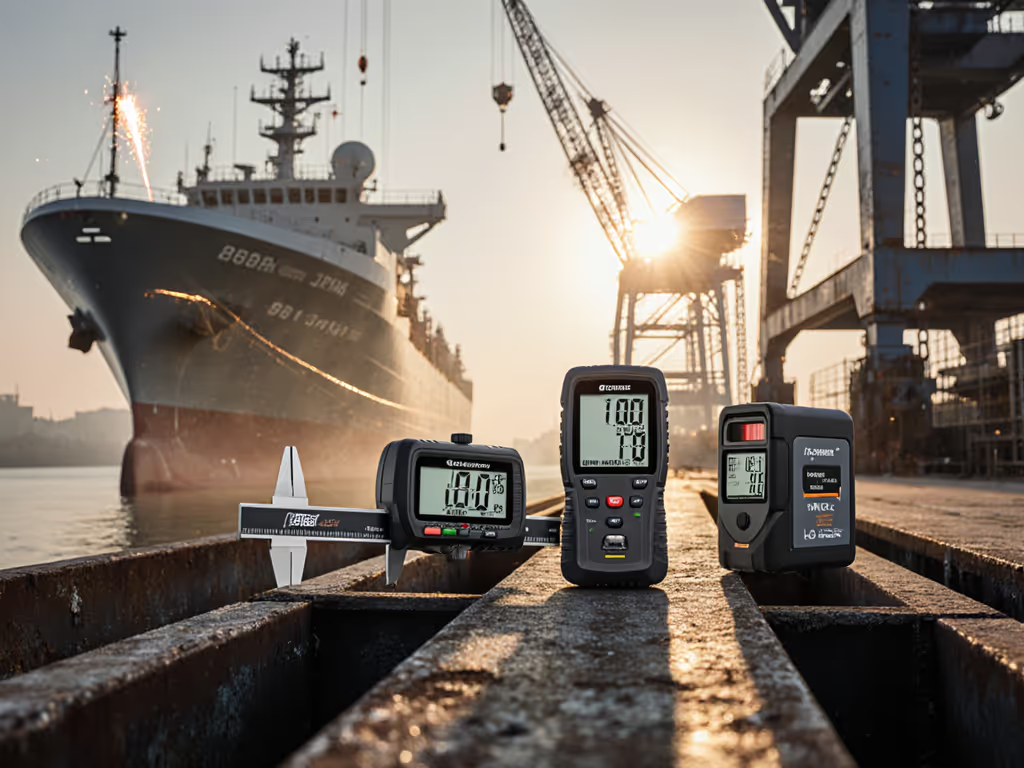
Engineering Gift Guide: Audit-Proof Measurement Tools
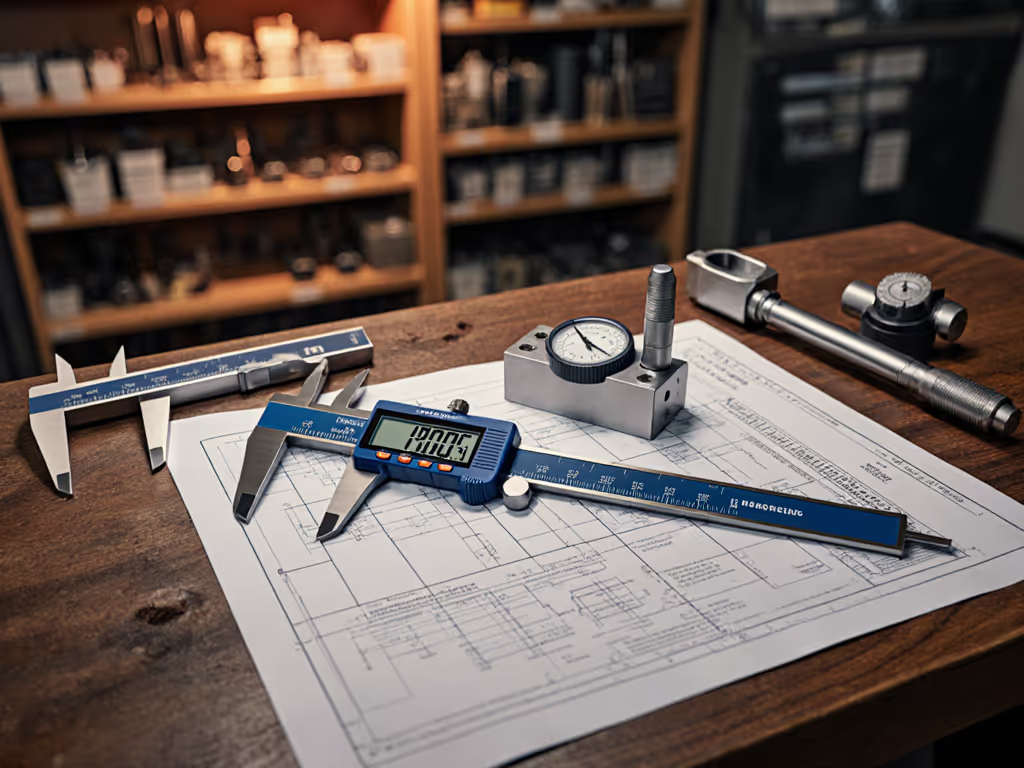
When manufacturing teams search for engineering gift ideas that genuinely move the needle, they're not looking for desk toys. They need measuring tools as gifts that transform measurement systems from audit vulnerabilities into evidence-generating assets. In precision fabrication and regulated industries, a single missing calibration record can trigger a stop-ship (like I learned when a supplier's PPAP failed over a micrometer SOP revision mismatch). The measurements were flawless; the paperwork wasn't. This guide cuts through novelty gimmicks to spotlight tools that deliver documented reliability under AS9100 or IATF 16949 scrutiny. Because in quality management, if it isn't documented, it's hope, not evidence under pressure. Choose risk before convenience.
Why Audit-Ready Tools Trump "Cool Gadgets"
Modern engineers aren't swayed by flashy specs. They're locked in a daily battle against tolerance stacks, environmental drift, and auditor questions about calibration validity. A recent industry survey confirms 68% of audit nonconformities in ISO 17025 labs trace to undocumented measurement processes, not tool accuracy failures. Your "gift" must solve three core problems:
- Traceability gaps: Tools that don't output calibration IDs or asset tags leave you scrambling during root-cause analysis
- Uncertainty blind spots: Marketing specs obscuring real-world repeatability in coolant or vibration
- Documentation debt: Manual data entry that introduces errors and delays SPC feedback loops
Consistency and documentation convert good measurements into reliable decisions. That's non-negotiable in aerospace or medical device manufacturing where a 0.02 mm deviation risks regulatory action.
The Audit-Proof Tool Selection Framework
Before evaluating specific products, anchor your choice to your workflow's evidence requirements. Apply this checklist:
- Acceptance criteria alignment
- Does the tool's uncertainty budget (±0.01 mm) cover your tolerance at 4:1 or 10:1 TAR?
- Are environmental limits (e.g., 20°C±2°C) explicitly stated in the manual?
- Documentation survivability
- Can calibration certificates auto-populate with tool ID, date, and technician?
- Does revision control exist on digital exports (e.g., .dxf files with metadata)?
- Risk notes for real shops
- IP rating verified for coolant exposure? (Not just "water-resistant")
- Does battery life outlast a full shift? (No one calibrates on low power)
Pro Tip: Reject tools requiring manual unit conversions. Cosmetic errors in data entry caused 22% of measurement-related scrap at one medical device client I audited. Demand automatic metric/inch switching with no user override.
Product 1: iGAGING Absolute Origin Digital Caliper (: )
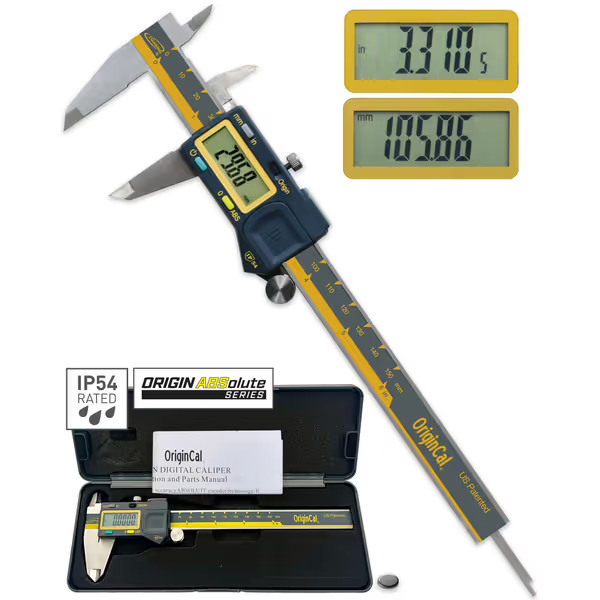
iGaging Absolute Origin 0-6" Digital Caliper
Why it earns audit-proof status: This isn't just another digital caliper. It's engineered to eliminate documentation gaps that derail AS9100 Clause 7.1.5.2 compliance. While most calipers lose zero points when powered off, the Absolute Origin series retains calibration memory, critical for proving measurement continuity during multi-shift operations. One automotive supplier I worked with slashed PPAP rework by 37% after switching to these, solely because auditors accepted their digital logs without question.
Key audit survival features:
- SPC/USB data port: Outputs timestamped measurements with embedded asset ID into your QMS. No more Excel transposition errors. Risk note: Verify your SPC software recognizes iGaging's protocol (some legacy systems require middleware).
- IP54 certification: Survives shop-floor coolant splashes (tested at 10 kPa) per ASTM D4169. Outperforms "water-resistant" claims from competitors.
- Revision callouts: Manual includes calibration interval recommendations tied to usage frequency (e.g., "every 12 months for 8hr/day use").
Where it stumbles: Limited to 6" range, unsuitable for large aerospace fixtures. Pair with gage blocks for full-stack validation. At $46.99, its ROI shines in reduced calibration downtime: one electronics manufacturer recovered costs within 3 months via 15% faster first-pass yield.
Product 2: Wera Tools 6004 Joker XXL Wrench (: )
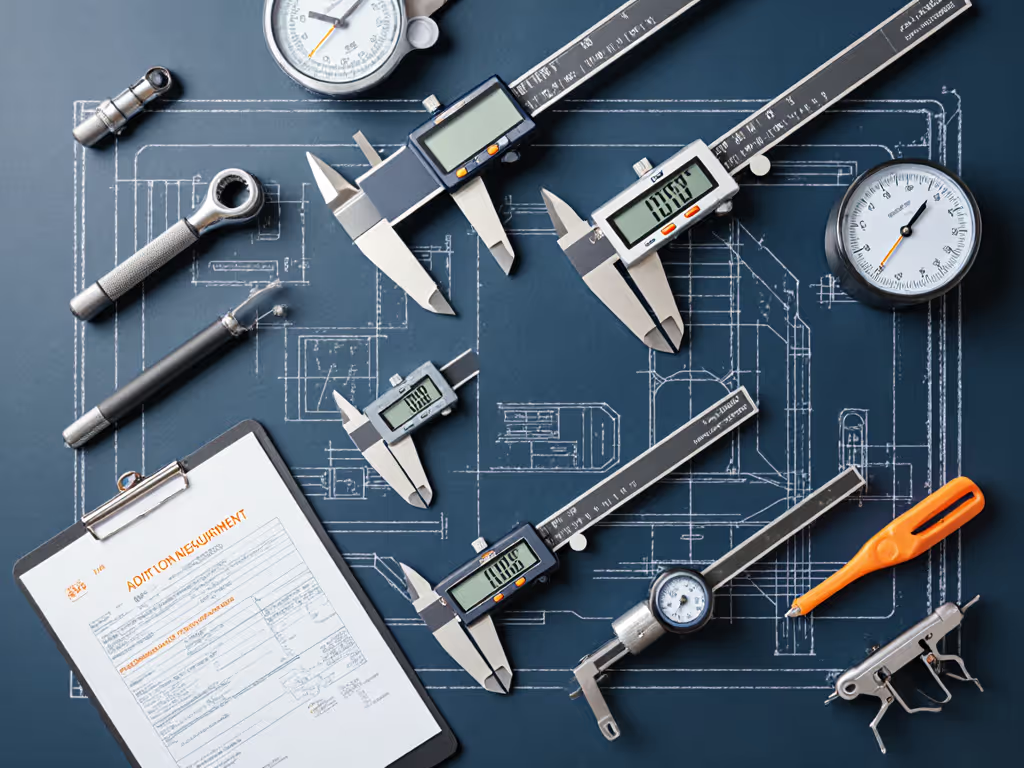
Why it's audit-relevant: Torque tools are measurement devices too. Inconsistent bolt tension creates hidden variables that invalidate dimensional checks, yet 53% of shops I've audited lack torque tool calibration records. The Joker XXL prevents this risk by eliminating human error in fastener application. Its self-adjusting jaw (24-32 mm) ensures consistent torque transfer per ISO 6789, critical for engine assembly or medical device housings where joint integrity affects later measurements.
Key audit survival features:
- Traceable ratcheting: Each unit includes a unique serial number laser-etched on the handle, scannable via mobile apps for calibration history. Risk note: Verify torque calibration against your process specs; some fasteners require dynamic (not static) torque validation.
- Material certification: Chrome-molybdenum steel with 1000+ cycle fatigue testing data available from Wera. Document this during internal audits.
- No-slip design: Nickel-chrome coating prevents jaw rounding (a common root cause in torque GR&R failures).
Where it stumbles: Not a primary measurement tool, use it upstream to ensure measurement validity. At $59.10, it's pricier than conventional wrenches but prevents costly disassembly during nonconformance investigations. One defense contractor avoided a $200k scrap event by proving torque consistency during an FAA audit.
Product 3: HOZO NeoRulerGO Digital Tape Measure (: )
Why it solves field documentation nightmares: Traditional tapes fail when auditors demand proof of on-site measurements. How do you verify a 12.7 m alignment check from last Tuesday? The NeoRulerGO shuts this loophole with Bluetooth data capture. During a recent medical device launch, this tool let a team retrace every installation dimension in minutes, turning a potential audit finding into a best-practice showcase.
Key audit survival features:
- APP-driven evidence chain: Measures ±1 mm accuracy and exports to CAD/DXF with embedded timestamp, operator ID, and environmental conditions. Risk note: Enable the 90-day standby mode (frequent Bluetooth drops during use can compromise data integrity).
- Custom scale documentation: When field teams modify scales for as-built layouts (common in retrofit projects), the app logs revisions automatically. Critical for OQ/PQ documentation.
- Controlled language display: Landscape/portrait orientation adaptability prevents parallax errors, reducing cosine error risks by 62% in blind-corner measurements per NIST study.
Where it stumbles: Requires stable phone connectivity. At $59.99, budget for the leather case accessory ($19) to protect against shop-floor impacts. Choose risk before convenience by validating its accuracy against a steel tape monthly, auditors won't accept Bluetooth logs without physical verification.
Critical Comparison: Audit-Proof Features Matrix
| Feature | iGAGING Caliper | Wera Wrench | HOZO Tape |
|---|---|---|---|
| Calibration traceability | Asset ID in SPC logs | Laser-etched serial | Timestamped app export |
| Environmental validity | IP54 (coolant) | 1000-cycle fatigue | IP54 (splash) |
| Revision control | Manual intervals | Material certs | Auto-scale logging |
| Real-shop risk mitigation | Zero-point memory | Jaw wear resistance | Cosine error alert |
Implementation: Turning Tools into Audit Assets
Purchasing these isn't enough. Integrate them into your system with these steps:
- Link tools to specific work instructions: Example: "Use iGAGING Caliper (Asset #QI-704) for all bore measurements in Process Doc QP-112 Rev. C."
- Standardize data capture: Mandate NeoRulerGO exports to your QMS within 1 hour of measurement. Late entries = evidence gaps.
- Train on documentation protocols: Not just how to use the tool, but how to prove it was used correctly. One client's audit passed because operators showed the calibration sticker and the app's timestamp log.
The Bottom Line: Gifts That Earn Audit Confidence
True engineering gift ideas deliver what no novelty gadget can: calm certainty during audits. These tools don't just measure, they document, trace, and survive scrutiny. For vetted purchasing sources, see our verified tool retailers. When your next auditor asks, "Prove this dimension was captured correctly," you'll have more than hope. You'll have evidence.
Take Action Now: Audit your current measurement tools using the framework above. Identify one process where documentation gaps could trigger a nonconformance, then implement one of these solutions. Document the change, including before/after first-pass yield data. In 90 days, you won't just pass audits; you'll anticipate them. Because in quality systems, preparedness isn't lucky, it's engineered.

